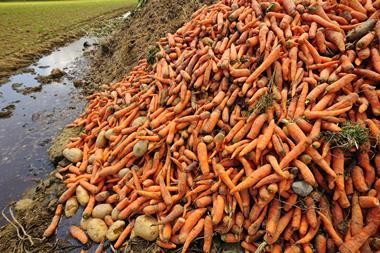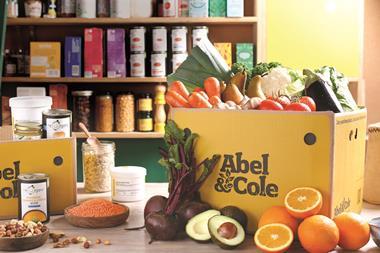Consumers still have plenty of choice when it comes to buying newspapers and magazines, despite the fact that the number of news retail outlets has fallen slightly.
Figures released by the Association of Newspaper and and Magazine Wholesalers reveal a growth in the number of non-traditional outlets stocking news. In the 12 months to September 2000, there was a net increase of 225 convenience stores selling news, pushing the number to nearly 8,000.
The number of supermarkets selling newspapers and magazines has also risen up by a net 143 to 3,751, while the number of petrol stations offering news remained stable, with 12 outlets opening during the monitoring period.
These latest ANMW figures show that non-traditional retailers are still keen to add news products to their range, recognising that their shops will benefit from a regular daily footfall, with customers who are likely to make secondary purchases.
In total, 54,621 outlets sell news compared with 55,090 a year ago. Traditional newsagents account for more than 25,000 of these, with just over 15,000 of them secondary newsagents. However, it is this sector which has seen the greatest decline a net fall of 345.
Although the drop in the number of primary and secondary newsagents is a concern, the ANMW says it is not surprising given the changing shopping patterns as consumers make more use of supermarkets and c-stores.
In turn, the increase in the number of c-stores and supermarkets ensures that consumers enjoy longer opening hours and bigger and better news displays.
Of greater concern, and an issue for all sectors to consider, says the ANMW, is the potential impact on home delivery levels. The drop in the number of primary and secondary newsagents, coupled with the fall in the number of roundsmen, has led to fewer newspapers and magazines being dropped through consumers' letterboxes.
{{CTN }}
Close menu
- Home
- Retail & Wholesale
-
Products & Suppliers
- Back to parent navigation item
- Products & Suppliers
-
Product Categories:
- Back to parent navigation item
- Product Categories:
- Alcoholic drinks
- Bakery
- Cereals & breakfast
- Cheese
- Chicken & poultry
- Chocolate
- Confectionery
- Crisps, nuts & snacks
- Dairy
- Fish
- Fresh produce
- Frozen
- Household
- Meat
- Own Label
- Sauces & condiments
- Seasonal
- Soft drinks
- Vaping
- Vegan & plant-based
- World foods
- Suppliers
- People
- Reports & Data
-
Topics A-Z
- Back to parent navigation item
- Topics A-Z
-
Popular topics:
- Back to parent navigation item
- Popular topics:
- Cost of living crisis
- Crime
- Deposit Return Schemes
- Finance
- Government & Regulation
- Health
- Inflation
- Loyalty
- Marketing
- Mergers & Acquisitions
- New Product Development
- Sourcing
- Supply chain
- Sustainability & environment
- Technology
- Ultra Processed Foods
- Vaping
- A-Z all topics
- Content by type:
- Events
- Subscribe now
Sign in to comment on this article
Not logged in before? Register for FREE guest access today.
You will be able to:
- Read more stories
- Receive daily newsletters
- Comment on stories
Advert














No comments yet